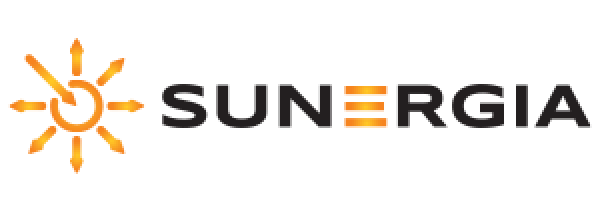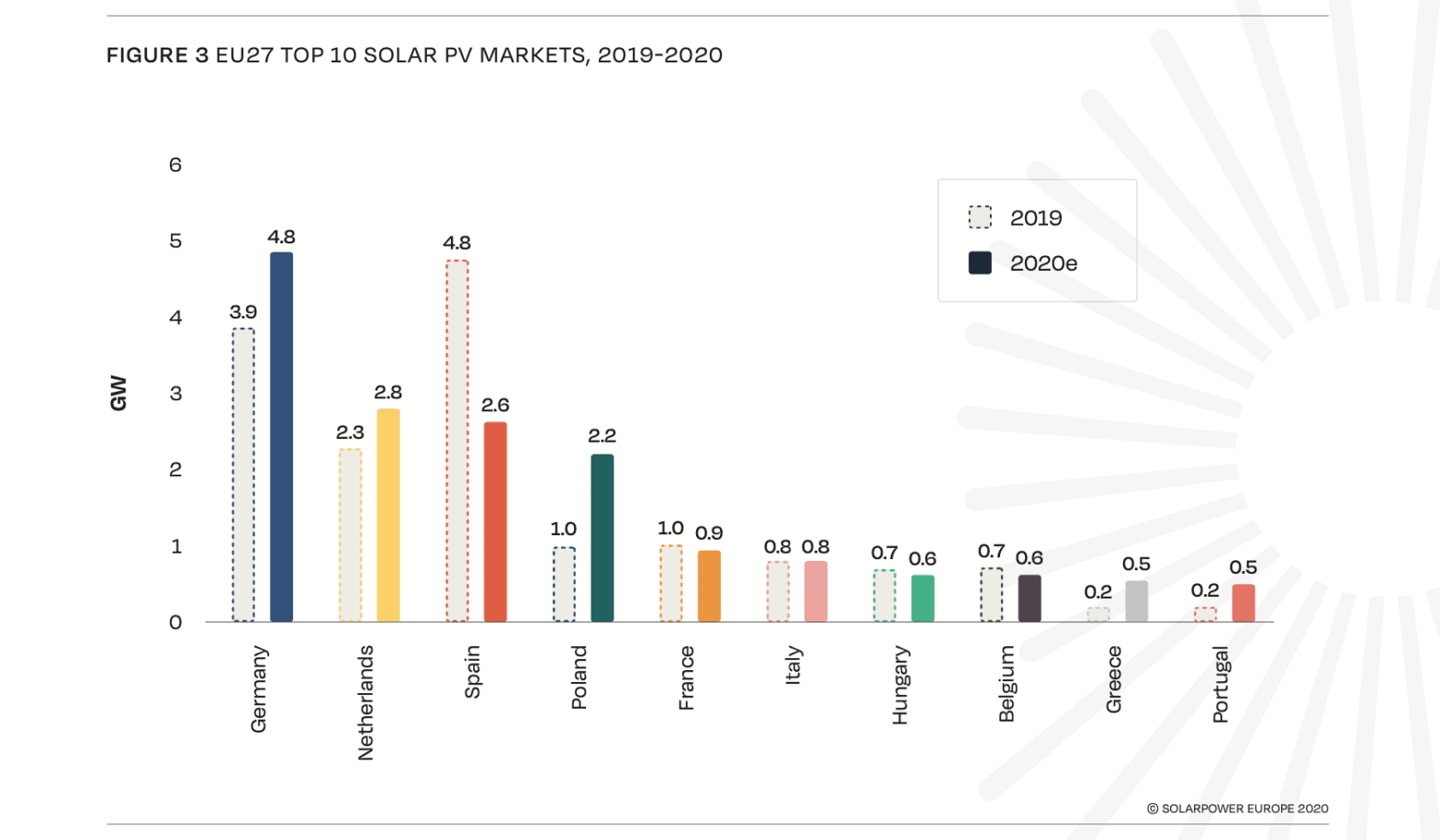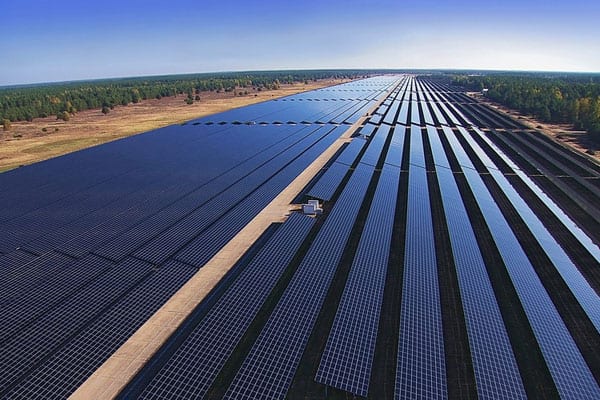The top 5 EU countries leading the race for solar energy are GERMANY, THE NETHERLANDS, SPAIN, POLAND AND FRANCE. These countries account for 74% of the total volume of installed solar parks in Europe. It should be borne in mind that, in fact, these 5 countries make up 57% of the EU’s population. The most common method is the PPA (Power Purchase Agreement), which, due to its large volumes, can offer a low price and thus make solar energy competitive with electricity market prices.
Germany has set a target of installing 98 GW of solar parks by 2030. In practice, at least 200 GW will need to be installed by 2030 to meet climate targets. Germany has increased public procurement to expand the construction of renewable energy parks. The auction will be seen as a restriction on the auction price and the number of bidders, which may reduce the construction of ground-based PV plants.
Greater growth can be seen among small consumers who want to charge the increasingly popular electric cars with green electricity.
Spain has the largest PPA market in Europe in 2021. PPPs and entrepreneurial projects contributed the most to the growth. Due to auctions, the number of solar power parks increased in 2019. Legislation that accelerated the process of documenting the construction of solar power plants and renewable energy parks contributed to the growth. In addition, a new auction system has been set up to further accelerate the spread of solar energy in the country.
Spain has set a target of 74% of electricity coming from renewable sources by 2030.
The Netherlands has public subsidies (2.1 billion) that should accelerate the deployment of solar panels. The constraints are the electricity network infrastructure and the lack of suitable land. As the Netherlands has little space, many solar panels are installed on roofs. However, there are restrictions on roof load-bearing structures that are not usually built to withstand solar parks.
The advantage of the Netherlands is the “floating” solar parks on the water, which are installed on the surfaces of industrial sand quarries. This in turn has created a good win-win situation for companies.
The Netherlands has set a target of 75% of electricity coming from renewable sources by 2030.
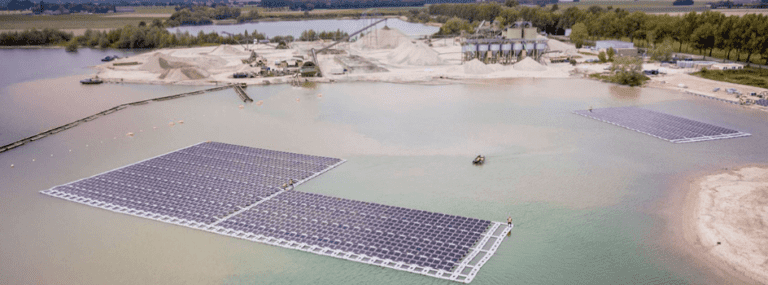
The big advantages of Poland are auctions and network fee schemes. And auctions are also planned for the coming years. The first PPA agreement has been concluded. Entrepreneurs have a strong interest in buying electricity at a fixed price. Poland has set a target of 23% of electricity coming from renewable sources by 2030.
France wants to implement a “tariff subsidy” to support the development of solar energy. In France, the limit is the lack of suitable land. The solution is to combine land + agriculture or so called agrisolar. There are many case studies in France where solar panels offer benefits to different production companies (wine farms, greenhouses, etc).
France aims to install 44.5 GW of solar parks by 2028.
In Denmark, the market is growing due to the PPA. First auction has been conducted in 2020. The electricity grid needs to be upgraded to increase the spread of solar energy.
In Greece, the biggest concern is with the electricity grid. A new 1 GW auction is currently underway. Greece’s constraint is the lack of land that would allow it to build large 20-50 MW solar parks. The state has set a goal to install 7.7 GW of parks by 2030.
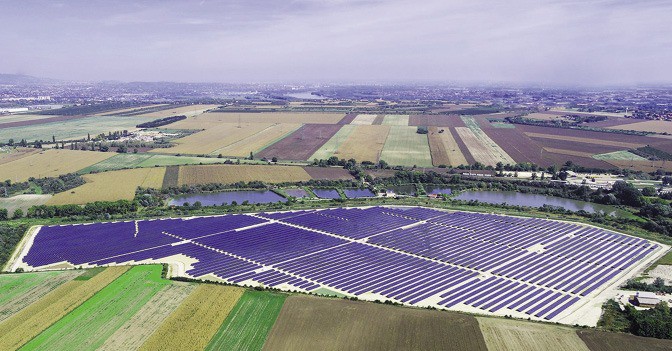
Renewable energy auctions have started also in Hungary. The country aims to produce 90% of carbon-free electricity by 2030. In addition, it is hoped that the energy storage system will soon be state supported.
Portugal has public auctions, but development is hampered by various permits and grid related restrictions. The goal is to install 9 GW by 2030.
PPAs are very popular in Italy. The limitation is the complex process of ground-mounted solar parks, which is followed by time-consuming documentation and long waits. Achieving the climate goals requires 240 GW of renewables by 2050.
In Turkey, the average citizen has many restrictions on the installation of their own solar power park. Various national regulations and high fees limit on the number of solar panels installed by private individuals. Although two new laws have already been passed in 2019 that should encourage the development of renewable energy. The biggest obstacle is the Turkish government itself, which does not allow new solar parks to be added to the grid
Solar energy development obstacles and limitations
3 main obstacles for solar parks:
- Lack of free ground
- Weak roof structures
- Electricity grid restrictions
There is a lack of suitable land in Europe to build large industrial solar power stations, such as France and the Netherlands. Where land is scarce, there are opportunities to install solar panels on the water or to combine different farms and greenhouses in agriculture. In addition, bifacial solar panels are increasingly being used.
The load-bearing structures of previously built buildings cannot withstand the weight of solar panels. At the same time, the buildings of the future will already be built with stronger structures and with stricter environmental requirements in mind. Therefore, in many cases, solar panels have already been considered in the design phase of a building.
In many countries, the obstacle is the grid and its limited capacity to add new power plants. Expanding grid networks at both distribution and transmission levels is significantly costly for grid network operators. In practice, these costs are borne by the final consumer through additional network and electricity charges.
Another problem is that solar and wind power plants are being built faster than the grid can catch up. The process of network renewal is slow, with projects ranging from 5 to 10 years. This is one of the biggest obstacles for the renewable energy sector.
Summary
By 2050, solar energy is projected to become the main source of electricity in the European Union, accounting for as much as 60% of total energy consumption. In Europe, 20 GW of solar power stations are installed every year, every five years, says the International Energy Agency.
The triumph of renewable energy will certainly continue in the near future. The fact is that each Member State will actually have to increase its renewable energy in order to meet its climate targets. There are various directives and support from the European Union for the introduction of new solutions. In the short and long term, price increases and grid constraints may slow down, but growth will continue in the long run.
References:
- https://www.pv-tech.org/
- https://www.pv-tech.org/european-solar-under-the-spotlight-europes-other-hot-markets/
